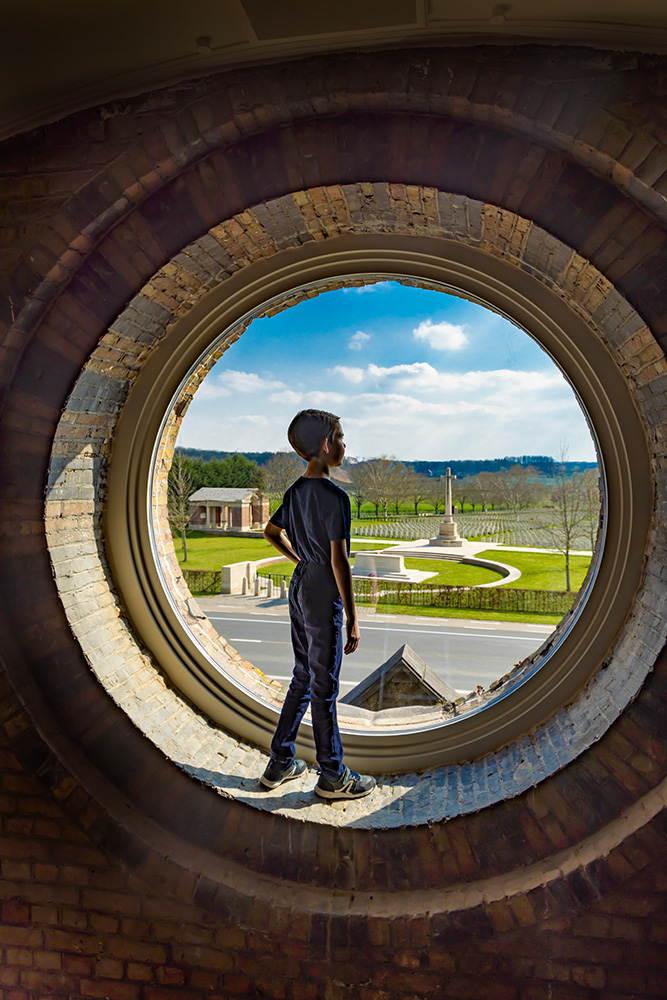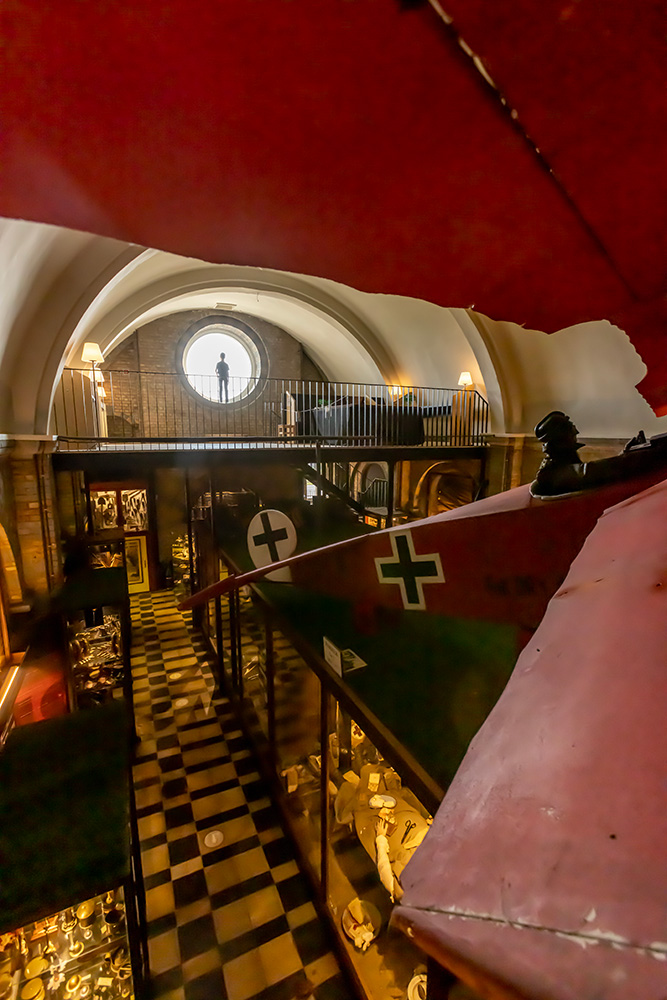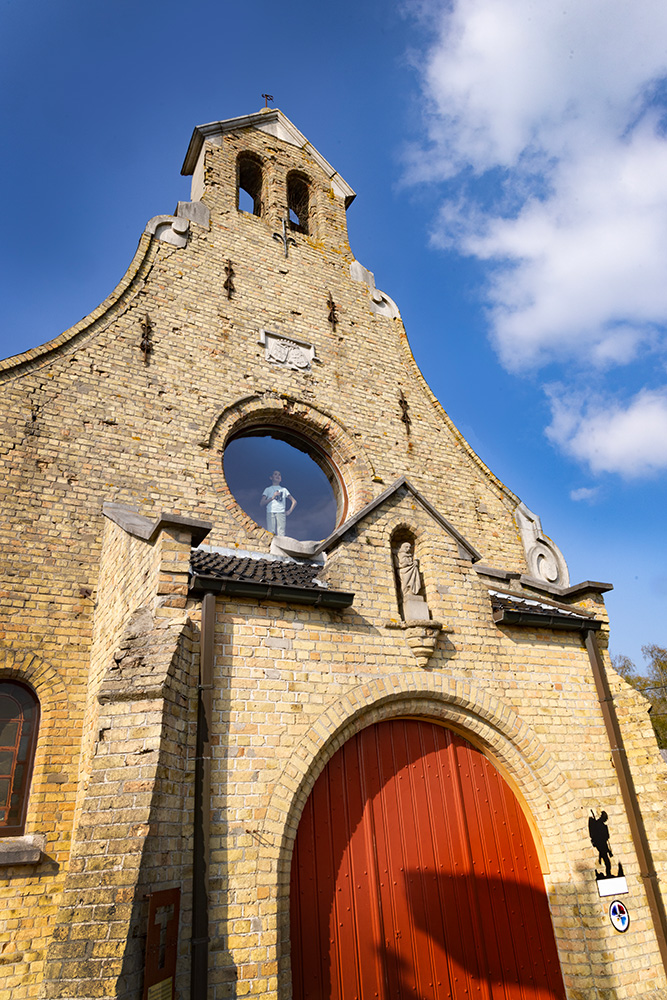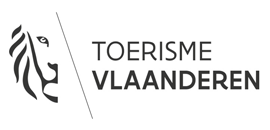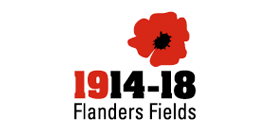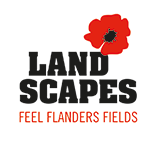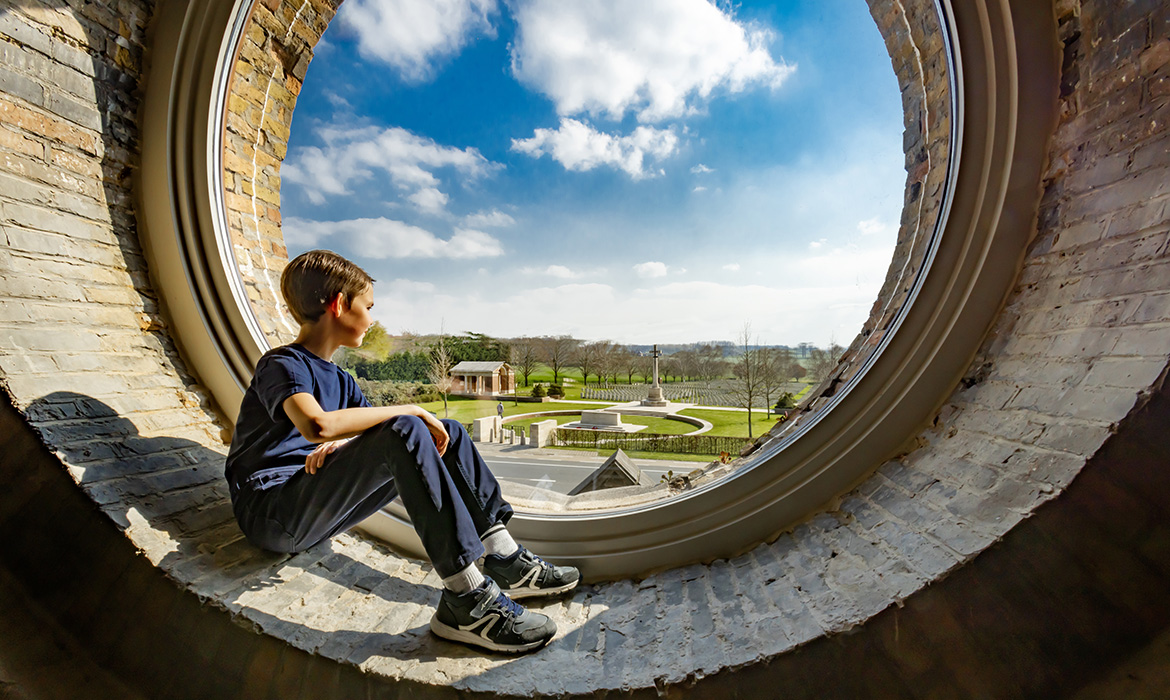
New Exhibition
The place where the Hooge Crater museum is located today, right on the front line, was immensely important during the four-year World War. This was 'the hottest place on earth' from October 1914 to September 1918 for a reason.
The devastating mine blast of 19/07/1915 was later symbolically translated into a big white circle at Hooge Crater Cemetery that you really grasp today especially from the height.
The Front Eye aims to connect all these elements and link the museum, the landscape and the cemetery. This via a unique and brand new viewing point in the museum: the Hooge's reconstruction chapel. In doing so, the large rose window in that heritage chapel lets you look out over HILL 60 , HILL 62, Hooge Crater cemetery, the Kemmelberg and the Ypres Salient.
The platform unpacks with stories of soldiers who were buried here, each with their story and personal items. You visit their graves, delve into their history and discover their medals or other personal objects. The lost cemeteries also play a central role in this new exhibition. There were three French and three German cemeteries on Hooge and Menin Road, all of which have disappeared or been cleared away. Unique photographs and plans bring this forgotten history back to life.
The Front Eye brings you the answer as to why these hills were fought over for 4 years, why the small height differences were so important, why that Hooge Crater played such an immense strategic role. And that right on the spot where it all happened.
This unique project came about partly thanks to Tourism Flanders and the Province of West Flanders. As part of LANDSCAPES the new WW1 theme in 2023-2024.
